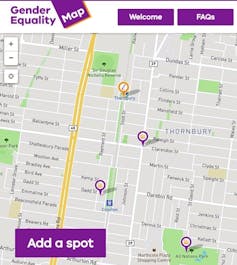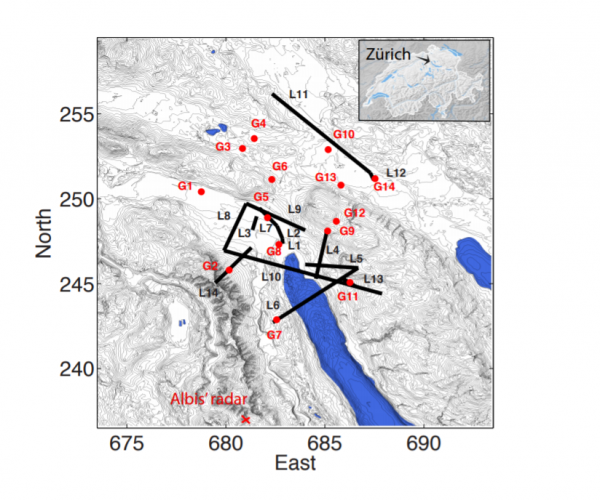Richard Harris at NPR: “A startup genetics company says it’s now offering to sequence your entire genome at no cost to you. In fact, you would own the data and may even be able to make money off it.
Nebula Genomics, created by the prominent Harvard geneticist George Church and his lab colleagues, seeks to upend the usual way genomic information is owned.
Today, companies like 23andMe make some of their money by scanning your genetic patterns and then selling that information to drug companies for use in research. (You choose whether to opt in.)
Church says his new enterprise leaves ownership and control of the data in an individual’s hands. And the genomic analysis Nebula will perform is much more detailed than what 23andMe and similar companies offer.
Nebula will do a full genome sequence, rather than a snapshot of key gene variants. That wider range of genetic information would makes the data more appealing to biologists and biotech and pharmaceutical companies….
Church’s approach is part of a trend that’s pushing back against the multibillion-dollar industry to buy and sell medical information. Right now, companies reap those profits and control the data.
“Patients should have the right to decide for themselves whether they want to share their medical data, and, if so, with whom,” Adam Tanner, at Harvard’s Institute for Quantitative Social Science, says in an email. “Efforts to empower people to fine-tune the fate of their medical information are a step in the right direction.” Tanner, author of a book on the subject of the trade in medical data, isn’t involved in Nebula.
The current system is “very paternalistic,” Church says. He aims to give people complete control over who gets access to their data, and let individuals decide whether or not to sell the information, and to whom.
“In this case, everything is private information, stored on your computer or a computer you designate,” Church says. It can be encrypted so nobody can read it, even you, if that’s what you want.
Drug companies interested in studying, say, diabetes patients would ask Nebula to identify people in their system who have the disease. Nebula would then identify those individuals by launching an encrypted search of participants.
People who have indicated they’re interested in selling their genetic data to a company would then be given the option of granting access to the information, along with medical data that person has designated.
Other companies are also springing up to help people control — and potentially profit from — their medical data. EncrypGen lets people offer up their genetic data, though customers have to provide their own DNA sequence. Hu-manity.co is also trying to establish a system in which people can sell their medical data to pharmaceutical companies….(More)”.




